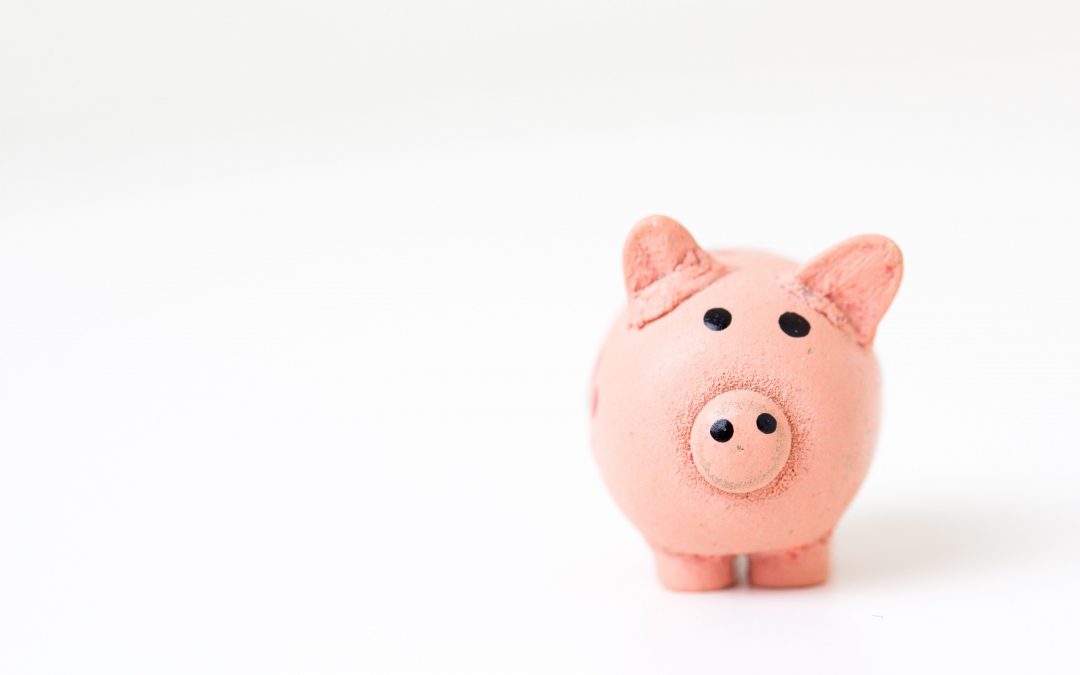Saving money or paying off debt presents a tough choice.
Most Americans have shockingly little in their savings accounts. According to CNBC, most of us “would be in a bind if [we] missed even one paycheck,” and only 40 percent of us would be able to cover a surprise $1,000 expense.
Why?
Debt. It’s a challenge to most of us and an outright financial prison to some, and U.S. household debt is rising. Markets Insider reported that U.S. household debt — the combined debt of everyone in your house and includes everything from credit card debt to mortgages and loans — has reached a record $13.5 trillion.
We all want financial success — money in savings and little to no debt. But it seems unreasonable to put money away when you have debt hanging over you, right?
Actually, it is possible to save a little money and pay down debt if you have a balanced plan in place.
Assess your debt
This is the hard part. Add up all your debt, but don’t let it discourage you into inaction. Finding financial success takes time — and paying down your debt will too.
Ideally, you’ll want to pay more than your minimum payments each month to keep interest under control and pay down your debt faster. But one thing at a time — if you don’t think you can pay more than your minimums, then focus on paying your minimums.
Create a new budget
Every solid financial plan needs a sound budget, which should help you determine, based on your earnings, how much you can spend, save, and put toward debt each month.
Step 1: List monthly income, purchases and expenses
At the end of this month and each month thereafter, gather up your paychecks, receipts and bills. Add up the amounts separately and record your totals in a spreadsheet, categorizing them by income, purchases and expenses. (If you don’t know how to use spreadsheets, Digital Unite has an excellent tutorial on using one to create a budget.)
Subtract the total of your monthly purchases and expenses from the total of your monthly income to get your monthly net savings.
Step 2: Assess which purchases to cut to grow your monthly net savings
If you don’t have any savings at the end of the month, or not as much as you want, assess which purchases you can cut from your budget.
Things such as dining out, impulse purchases and movie nights with friends all qualify for cutting. We still want you to have fun, just spend in moderation.
Step 3: Set aside some monthly savings for debt payments
After a few months, reassess your monthly net savings. Have they grown? If yes, think about how much you can start putting aside to pay down your debt faster, and how much you can add to your emergency fund.
The bottom line
You can pay down debts and put money away in savings if you strike a carefully planned balance between the two. As you find your balance, you’ll start an obsession with micromanaging the money you have available. That’s good. Feed that obsession.
We each need a financial plan, and it starts with creating a new budget. Finding financial success by growing savings and eliminating debt takes time. But it can be done.




